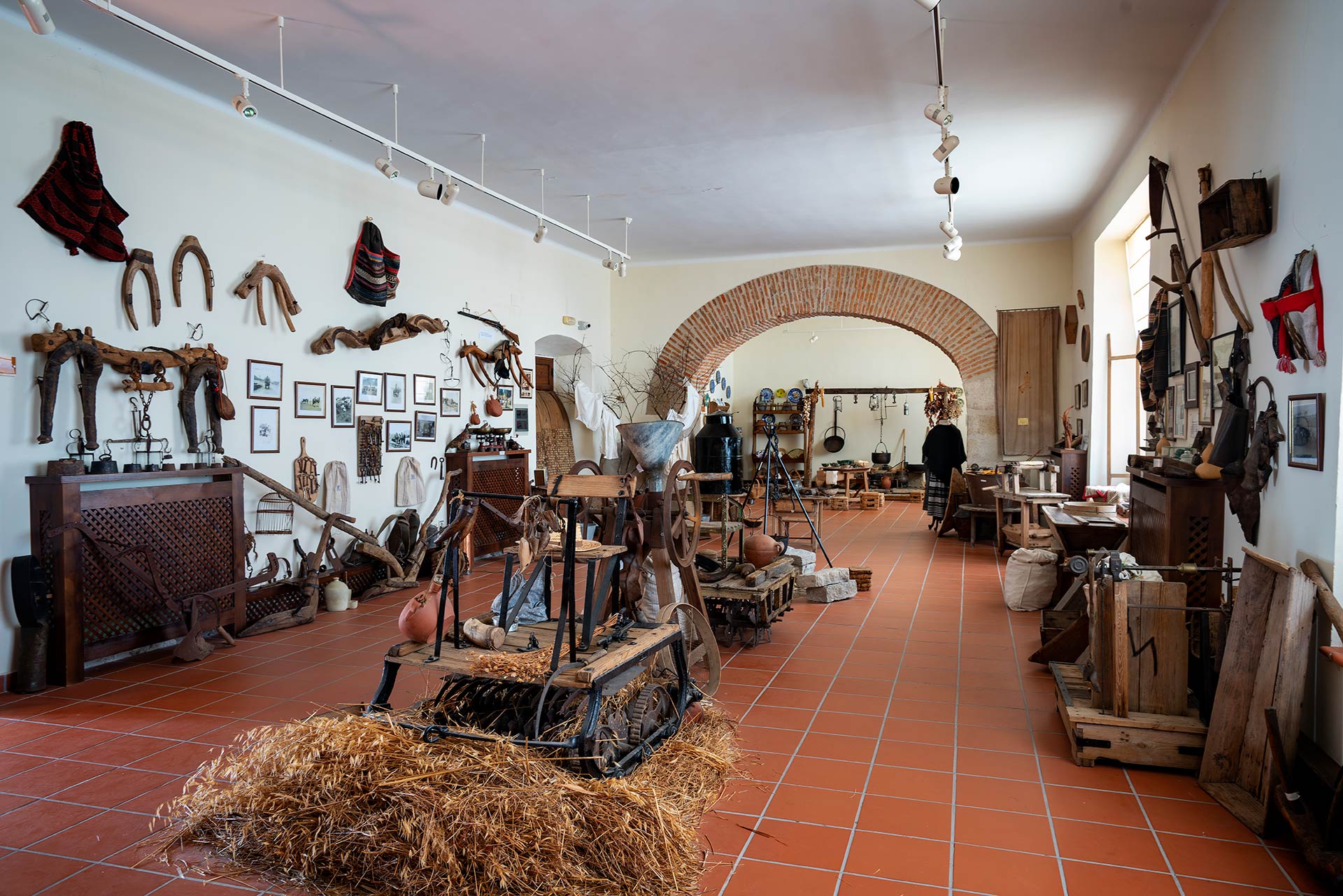And what better place to learn about Valencian culture and customs than the ethnographic museum, which is inside the convent. Here you will be able to know the lives of its former neighbours; their houses, their professions, their traditions and hobbies; without forgetting the school that this same building housed and that has a thematic room. Visit its rooms and you will transport yourself into past centuries. The photographs will show you how the streets and buildings have changed over the years.
If you would like more information, you can visit the tourist office, which is next to the museum’s entrance.
The convent was recovered for worship by the religious order of the Community of the Precious Blood at the beginning of the 20th century and is currently called the Church of the Fathers. At the end of the same century, it was restored thanks to the collaboration of the neighbours and religious services there have now been resumed.
Currently, this convent contains the Tourist Office and the Ethnographic Museum, which was inaugurated in 2008 and which is located specifically in the upper gallery of the Convent’s cloister. It was renovated in 1928 and the cells became the classrooms of the school that it housed until it became the museum that it is today, which focuses on the culture, traditions and the society of Valencia de Alcántara over the last two centuries of its history.
It has 8 main rooms, each of which have a different theme: a tribute to the old General Navarro y Alonso de Celada School; the local printer, Imprenta Ávila; the town’s traditional festivals, such as “Los Mayos” (the Mays), “La Cruz de Mayo” (The Cross of May) and San Isidro Labrador; traditional cuisine and pig slaughtering; the ancient trades of rural life; a reproduction of a couple of rooms in a house from the early 20th century; a display of posters from the Municipal Archive and photographs from the first half of the 20th century; and, finally, a room dedicated to cinema, which includes materials donated by the old Luis Rivera Cinema. Currently, the town’s nursery school is located within the arcades of the cloister, which can be accessed from the side of the building.









